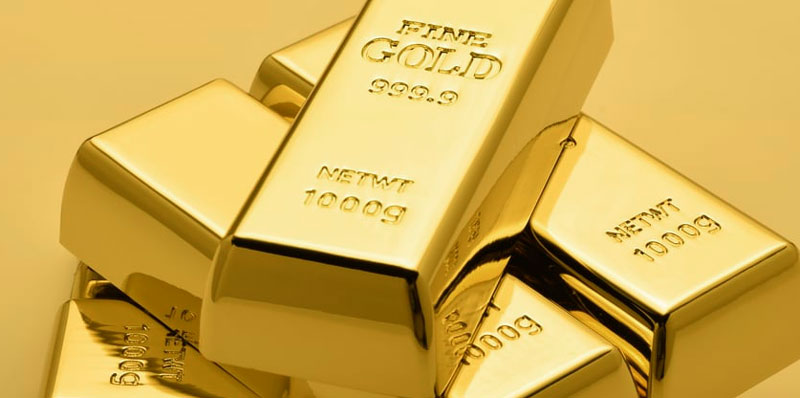Ways to Measure Risk in Mutual Funds
Author: Kevin
When analyzing a stock, bond, or mutual fund portfolio, there are five primary signs of investing risk to consider. Alpha, beta, r squared, the standard deviation, and the Sharpe ratio are all examples. These quantitative metrics are crucial parts of current portfolio theory because of their track records as predictors of investment risk and volatility (MPT). Mutual fund, fixed-income, and equity investments are evaluated using MPT since it is a widely accepted financial and academic methodology.
In this post, we will go through five methods that can be used to compare a fund's performance to a certain index, such as the S&'P 500 or DAX. These risk metrics can also advise investors on the appropriate level of risk they should take in exchange for a potential return.
The most popular are alpha, beta, and Sharpe ratios.

The term "alpha alpha" refers to a method of evaluating the success of a financial investment in relation to the amount of risk taken. An evaluation of a security or fund's performance relative to a benchmark index is made using the security or portfolio's volatility (price risk). Alpha measures the performance of an investment above and above that of a reference index.
The term "alpha" is commonly used to describe a fund manager's positive or negative impact on the overall return of a fund's portfolio. When a fund's alpha is 1.0, it exceeds its benchmark index by 1%. As such, a 1% underperformance would be represented by an alpha of -1.0. In the eyes of investors, a bigger alpha is preferable.
The volatility or systematic risk of a security or portfolio relative to the market as a whole is measured by its beta, often known as the beta coefficient. The term "beta" refers to the sensitivity of an investment's return to market changes, computed by regression analysis. The market is considered to have a beta value of 1.0. The deviation of a security's or a portfolio's value from the market is one of the key metrics used to evaluate performance.
If an asset's beta is 1.0, its price follows the market with no discernible lag. If the beta value is less than 1, the investment is expected to be less volatile than the market. Similarly, if the beta is greater than 1.0, the investment's price will be more variable than the market as a whole. If a fund's beta is 1.2, its portfolio is 20% more volatile than the market.
For conservative investors who want to conserve capital, securities and fund portfolios with low betas are preferable. In contrast, high beta assets are desirable for investors who are willing to take on more risk in pursuit of larger returns.
R-squared

A security's or a fund's R-squared indicates how much price fluctuations can be attributed to changes in the underlying benchmark index. U.S. Treasury Bills are a standard against which other fixed-income instruments and bond funds are measured. The S&'P 500 Index is used as a standard when comparing stocks and stock funds.
The values of R2 might be anything from 0 to 100. Morningstar states that a mutual fund's performance record is highly associated with the index if its R-squared score is between 85 and 100. In most cases, funds with a rating of 70 or lower underperform their respective indexes.
Actively managed funds with high R2 ratios have been characterized as "closet" index funds and should be avoided by mutual fund investors. When an index fund can achieve the same or better performance, paying more fees for professional management seems wasteful.
Deviation from the Mean
The spread of a set of numbers around an average is what standard deviation is all about. Data that is more dispersed than average indicates a more significant departure from the norm. For financial purposes, the volatility of an investment can be measured by calculating its standard deviation from the mean of its annual rate of return (risk). A stock with a high standard deviation is considered to be volatile. How much a mutual fund's return varies from its predicted returns based on its past performance can be determined by calculating its standard deviation.
The ratio of Sharpe The Sharpe ratio, a metric for evaluating performance relative to risk, was developed by William Sharpe, a Nobel laureate in economics. The rate of return on an investment is reduced by the rate of return on a risk-free investment (a U.S. Treasury bond). The resulting number is divided by the standard deviation of the investment's rate of return.
Investors can use the Sharpe ratio to determine if the returns they have earned result from good investing selections or unnecessary risk. This metric is helpful because even if a given portfolio or security generates better returns than its peers, it still needs to be a suitable investment if the higher returns come with a correspondingly high level of risk. A higher Sharpe ratio indicates that investment has done well relative to its level of risk.


